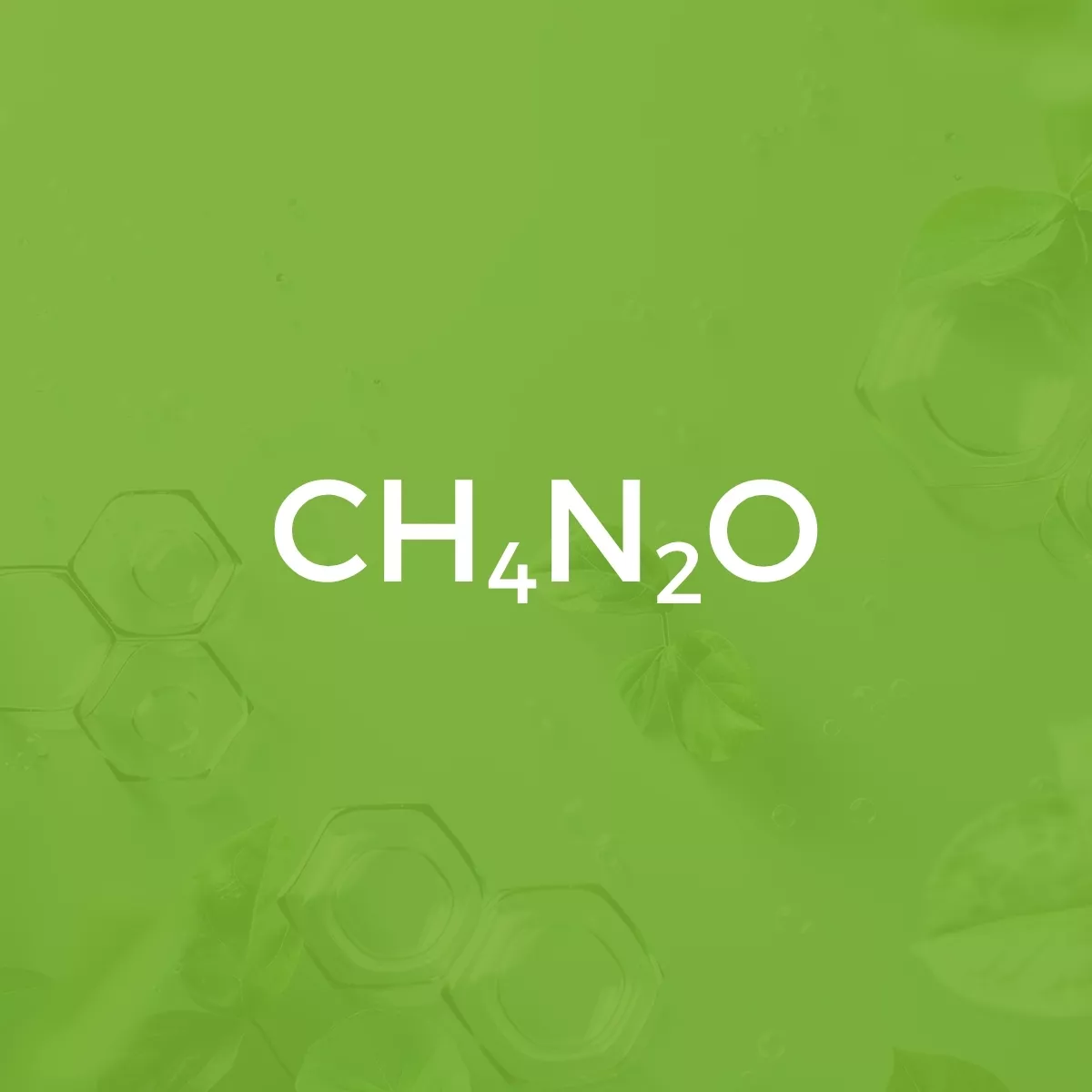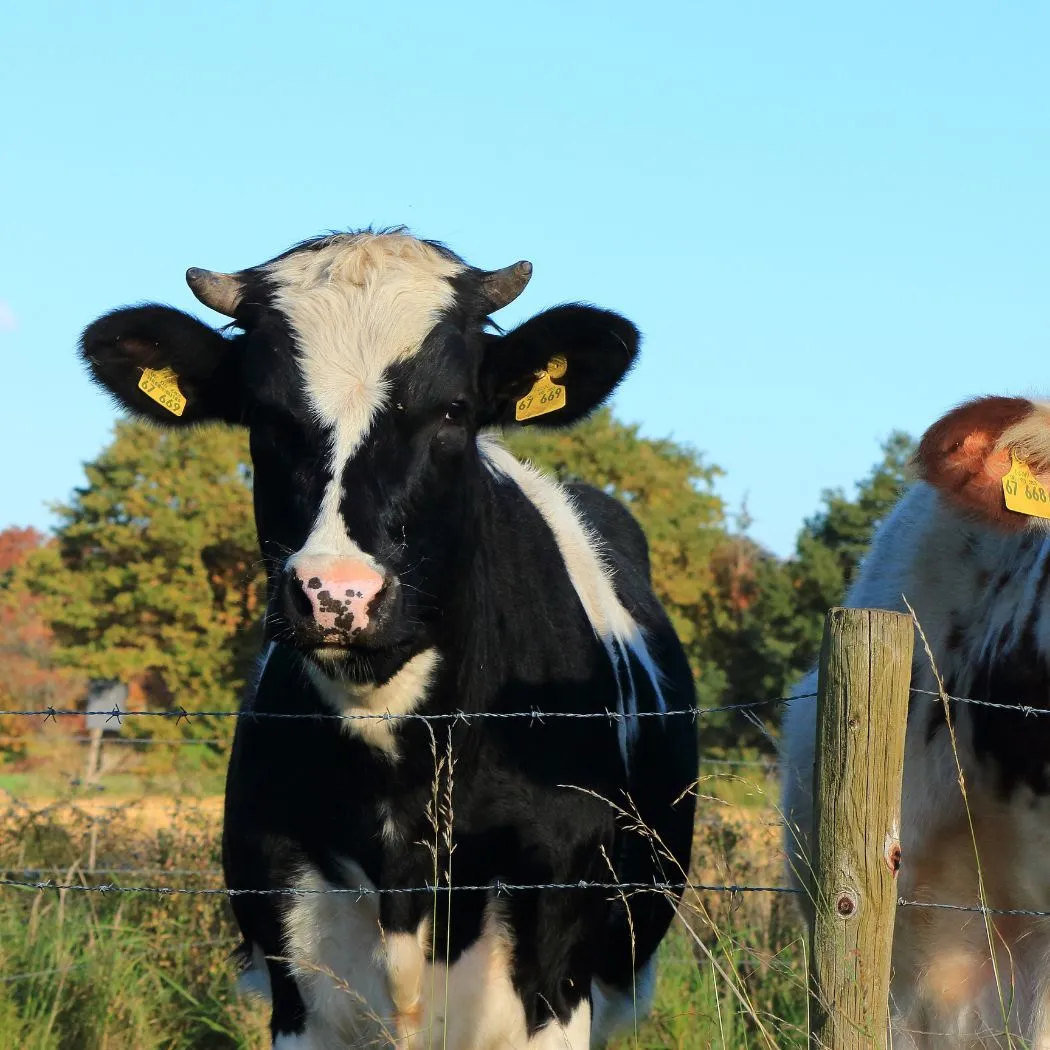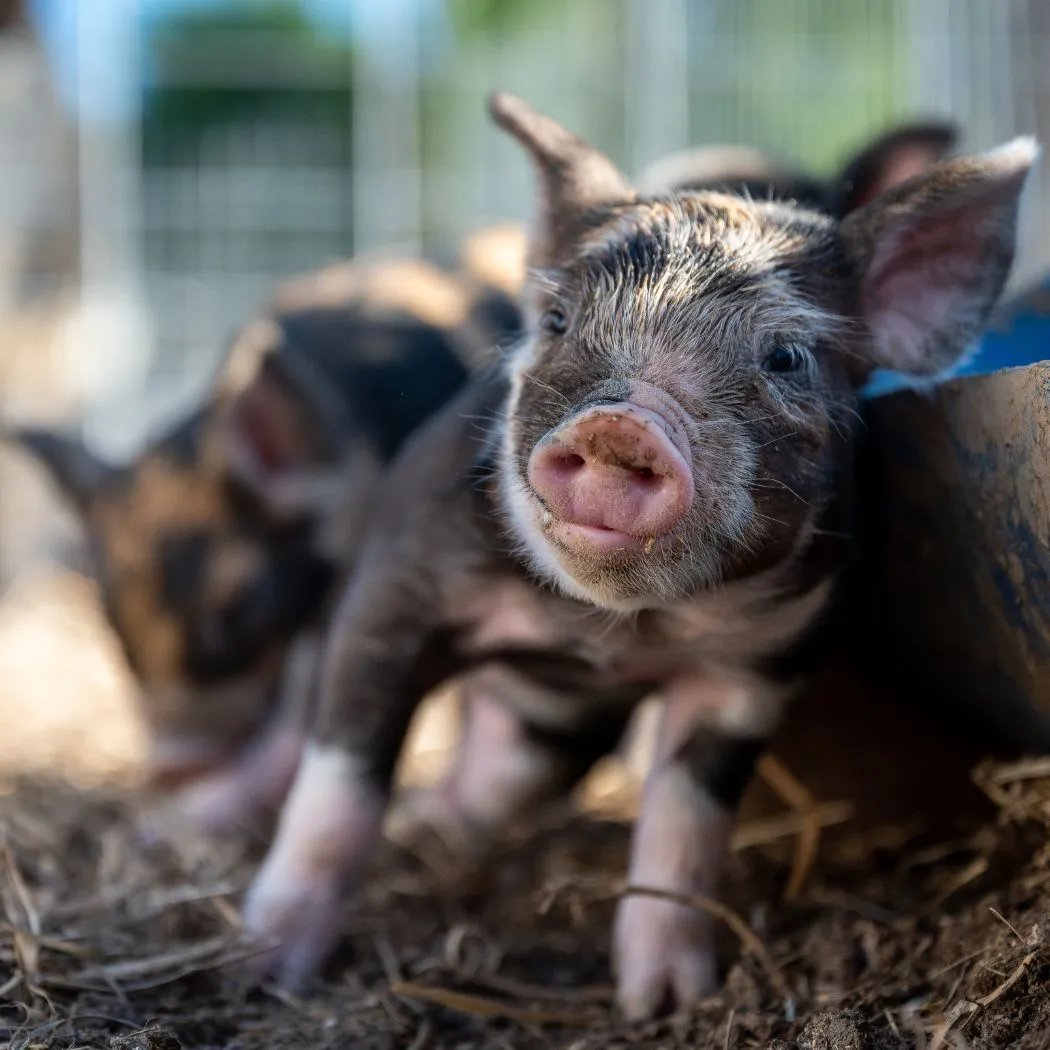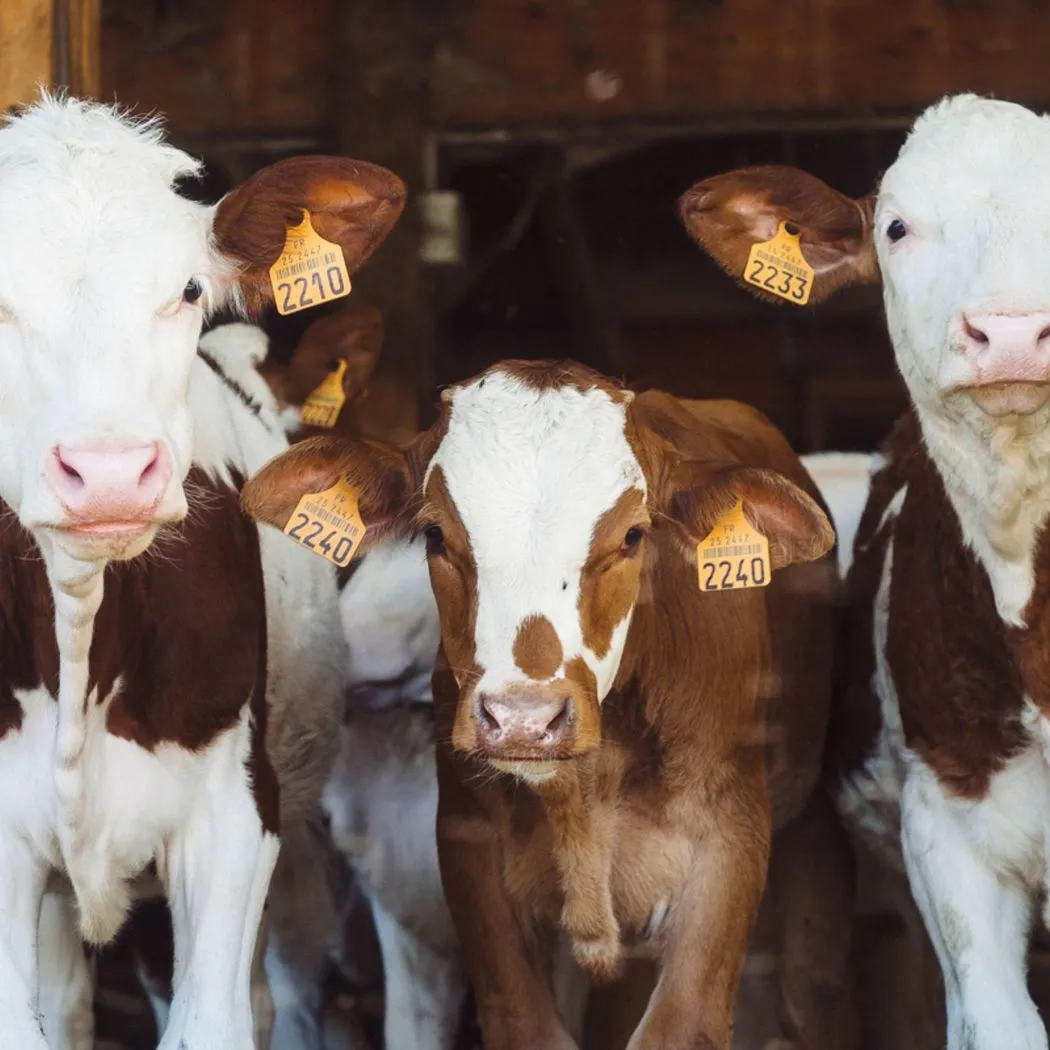
Feed Urea
Carbonic Diamide; Carbamide; Carbonyldiamide; Diaminomethanal; E927b
Key applications
Contact us
directly:
QUICK QUOTE FORM
What is Feed Urea?
Feed urea is a chemical compound that plays a key role in modern ruminant nutrition. While it’s not a traditional protein source, it provides valuable non-protein nitrogen (NPN) that is converted by the animal’s digestive system – especially in cattle, sheep, and goats – into high-quality microbial protein. It reduces the use of expensive high-protein feeds while maintaining proper nutritional levels across the herd. Using feed urea is therefore not only an effective way to optimize feeding costs but also a proven method to support rumen microflora, which is essential for nutrient digestion and absorption. As a feed-grade urea, it meets the safety standards required for use in animal feed applications.


Physicochemical Properties
Urea is an organic compound with the chemical formula CO(NH₂)₂. It appears as a white, crystalline powder that is odorless, pH-neutral, and highly soluble in water. At room temperature, urea is stable, but its hygroscopic nature means it readily absorbs moisture from the surrounding environment. In aqueous conditions, it undergoes hydrolysis in the presence of the enzyme urease, leading to the rapid release of ammonia.
This reaction is fundamental to the biological function of feed urea – it is converted into ammonia in the rumen of ruminants, which serves as a primary building block for rumen bacteria. The high nitrogen content of the urea molecule makes it an effective and concentrated nitrogen source, allowing even small doses to boost microbial protein production.

Feed Urea – How It Works
In ruminant animals, feed urea serves as a raw material for microbial protein synthesis in the rumen. This complex biological process enables rumen microorganisms to efficiently convert non-protein nitrogen into protein structures essential for the animal’s nutrition and overall health.
- Nitrogen conversion – once feed urea enters the rumen, it is broken down into ammonia by microbial enzymes. This ammonia becomes a key nitrogen source used by rumen microbes to build bacterial proteins.
- Microbial growth – adequate availability of ammonia stimulates the proliferation of rumen bacteria involved in fiber fermentation and feed digestion.
- Protein synthesis – rumen bacteria convert nitrogen into amino acids and proteins. Once these microbes die, they pass into the intestines, where they are digested and absorbed as high-quality animal protein.
- Improving digestive efficiency – regular use of feed-grade urea in appropriate proportions enhances the breakdown of fibrous feed, especially low-protein roughages such as corn silage.
Maintaining digestive efficiency – regular use of feed urea in appropriate proportions enhances the breakdown of fibrous forages, especially low-protein feeds like corn silage.

Applications of feed urea in the animal feed industry
Feed urea is widely used in the animal feed industry as an effective and cost-efficient additive in ruminant feed formulations. Its inclusion in the diet helps optimize the use of energy sources while reducing the cost of conventional protein supplements.
- A substitute for expensive protein sources. Just 100 g of feed urea can replace up to 500 g of soybean meal, resulting in significant cost savings at the farm level.
- Supporting fiber fermentation. Adding feed urea stimulates the growth of bacteria responsible for fiber breakdown, thereby increasing the energy availability from fibrous forages.
- Facilitating diet balancing. Thanks to precise dosing, feed urea allows for accurate regulation of non-protein nitrogen levels in the feed mix – an essential factor for the proper functioning of rumen microflora.
- Forms of use. It can be used as an additive in concentrate feeds, as part of a TMR (total mixed ration), or in the form of lick blocks. Each method ensures even distribution and helps minimize the risk of overconsumption.
Feeding urea is an effective way to optimize ruminant feeding costs without compromising animal health or performance. When properly dosed and balanced within the diet, it delivers measurable economic and production benefits. Available now at Centro-chem – contact us to learn more!


Why it is worth cooperating with us?
Order quickly, efficiently, reduce risk.
The chemical raw materials you’re looking for are in our warehouses
Our own warehouses, fleet of trucks, and stable supply chain mean wide availability and fast order fulfillment
No worries about the quality of chemical raw materials
Concrete actions, not just words, confirm the quality of the materials we offer. It’s our implemented ISO system, HACCP and GMP+ certification, or the GMP+B4 fleet standard
Risk minimized to the minimum
We fully control the supply chain in Poland and worldwide. We have our own fleet of trucks, warehouses, customs warehouses, and a platform for container transport.
Convenient packaging with customization options
Bags, big bags, tanks, pallet containers, barrels, jerrycans, bottles... we tailor the packaging to your needs. We can also provide personalized labels for you.
Partnership at every stage
We respond to inquiries within a maximum of 30 minutes, assign a dedicated account manager, keep our promises, and focus on long-term cooperation.
bonded warehouses
years of experience
trading partners from all over the world
trucks
countries we cooperate with
warehouse area
